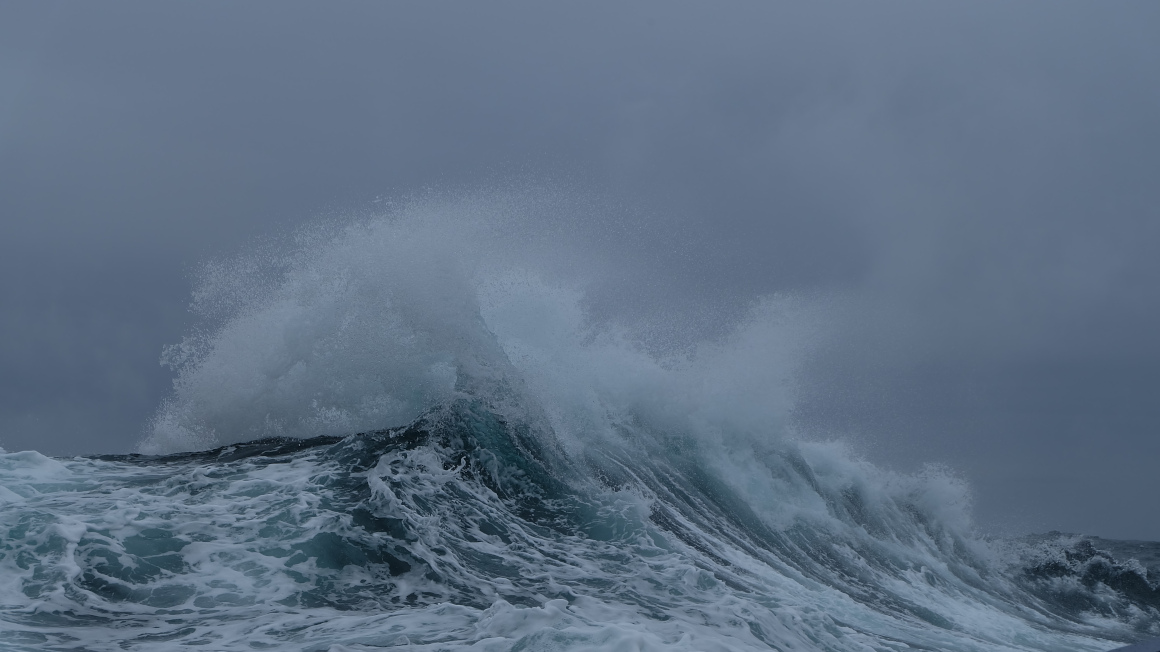Microplastics also in marine air
According to a recent study, microplastic particles are not only blown by the wind, but also enter the atmosphere directly from seawater.

Even in remote parts of the world, such as the Arctic, researchers now find microplastic particles. But the tiny plastic particles don't just float in the water and harm marine animals and ecosystems. The particles also enter the atmosphere via wind and waves, as a study by a German-Norwegian research team shows.
Air samples analyzed for microplastics
Under the direction of Barbara Scholz-Böttcher from the University of Oldenburg, air samples were collected in 2021 during an excursion by the research vessel Heincke to the Norwegian Bear Island, which lies between North Cape and Spitsbergen. With the help of pyrolysis gas chromatography-mass spectrometry, it was possible to detect and quantify the different types of plastics. Using model calculations, the researchers were able to reconstruct where the plastic particles came from and how they spread. "With our study, for the first time we present data on how high the mass of different types of plastic is in the marine air," says Isabel Goßmann, a doctoral student at the Institute for Chemistry and Biology of the Sea (ICBM) at the University of Oldenburg and first author of the study.
High concentration of microplastics due to tire abrasion
As the team reports in the journal Nature Communications, they found microplastic particles made of polyester and polyethylene terephthalate (PET) in all air samples, which presumably entered the atmosphere as textile fibers. In addition, other plastics such as polypropylene (PP), polycarbonate and polystyrene were also detected. The team cites tire abrasion as an important source of microplastic particles, as tiny rubber particles come off during driving and braking. "These pollutants are ubiquitous. We even find them in remote polar regions," Goßmann reports. Overall, concentrations of up to 37.5 nanograms of microplastics per cubic meter of air were measured.
Microplastics enter the air from the sea
"Our model calculations show that the microplastics in the marine air originate both from direct sources on land and from the sea," says Goßmann. Accordingly, the plastic particles do not only enter the sea via rivers. The team assumes that microplastic particles floating near the surface of the sea enter the atmosphere, for example, during stormy weather via the sea spray or through bursting air bubbles, and are washed out when it rains. Another possible source of microplastics in marine air is ships. Components of paint coatings such as polyurethanes or epoxy resins have already been found in earlier air samples.
In addition to the ICBM, the Alfred Wegener Institute (Helmholz Centre for Polar and Marine Research, AWI) in Bremerhaven, the Technical University of Berlin, the Norwegian Institute for Air Research (NILU) and the Norwegian Institute of Public Health (NIPH) were also involved in the study.
bb


